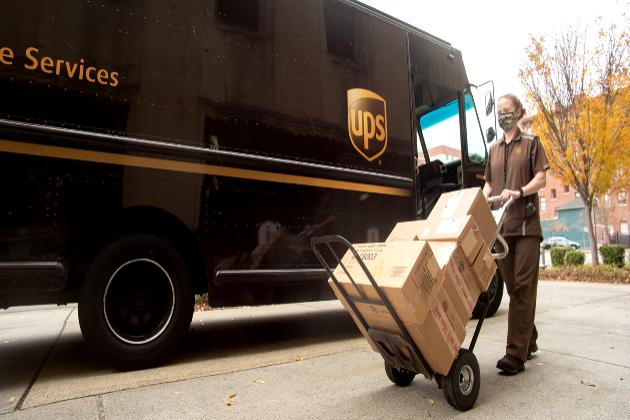Move FM Global News

340,000 UPS workers might strike; to halt 25% of US parcel deliveries
Jul 17, 2023EAST LANSING, Michigan: Michigan-based Anderson Economic Group (AEG), a think tank specializing in the economic impact of labor actions, has said that a threatened US strike at United Parcel Service (UPS) could be “one of the costliest in at least a century.”
The strike could cost $7 billion for a 10-day work stoppage, as well as UPS customer losses of $4 billion and lost direct wages of more than $1 billion, it added.
Some 340,000 union-represented UPS workers handle around 25% of US parcel deliveries, serving almost all US cities and towns.
A strike could delay millions of daily deliveries, including Amazon.com orders, electronic components and lifesaving prescription drugs, as well as cause supply-chain issues that increase inflation.
Talks between UPS and the International Brotherhood of Teamsters union are currently deadlocked.
If a deal is not ratified before the current contract with UPS expires at midnight on 31st July, the Teamsters stressed they will begin a strike.
“Consumers are going to feel this within days,” AEG CEO Patrick Anderson said, as quoted by Reuters.
Pay raises for part-time workers who account for around 50 percent of the UPS workforce remain a sticking point in the negotiations.
A strike at UPS would be a larger risk to the US economy than a work stoppage by UAW workers at the “Detroit Three” automakers, who started contract talks this week, Anderson said.
UPS urged union negotiators to return to the bargaining table, but union officials stressed that the company must sweeten its offer to workers, who risked their lives during the COVID-19 pandemic to help the company generate profits.
Stifel analyst Bruce Chan said UPS faces two unappealing choices, which are risk a strike and resulting customer losses or acquiesce to Teamster demands, which could worsen the company’s labor cost disadvantage versus nonunion rivals.
“Both situations would create pain for UPS, so it could just be a question of when and how the company wants to take its medicine,” Chan said, according to Reuters.


